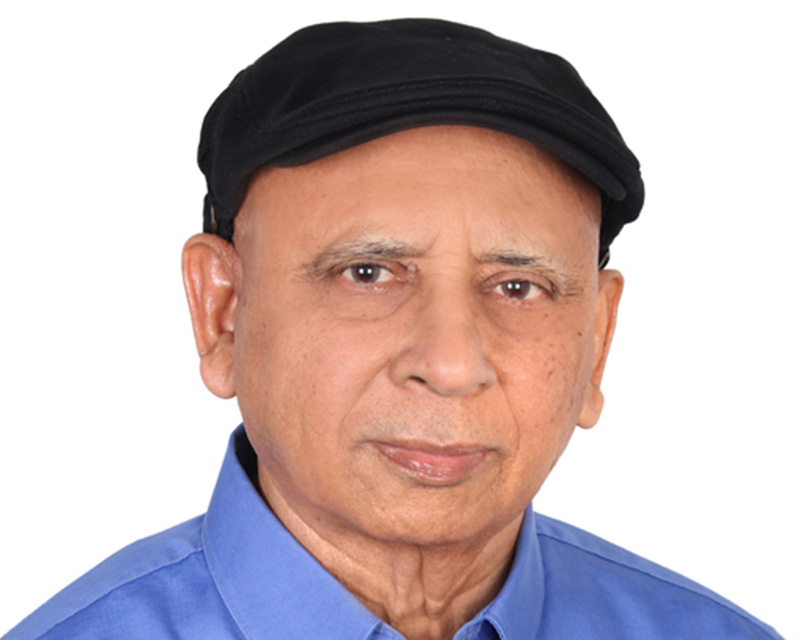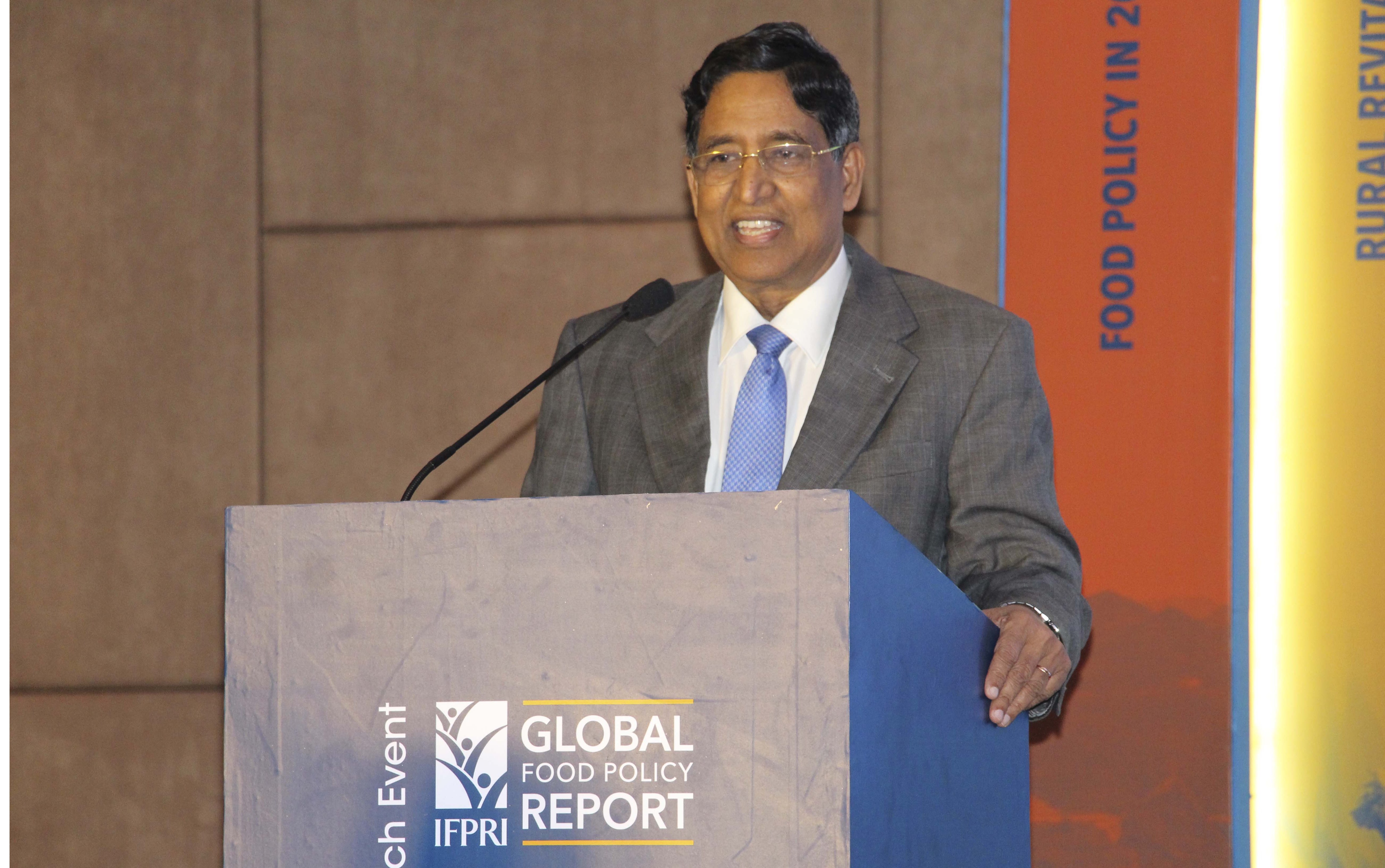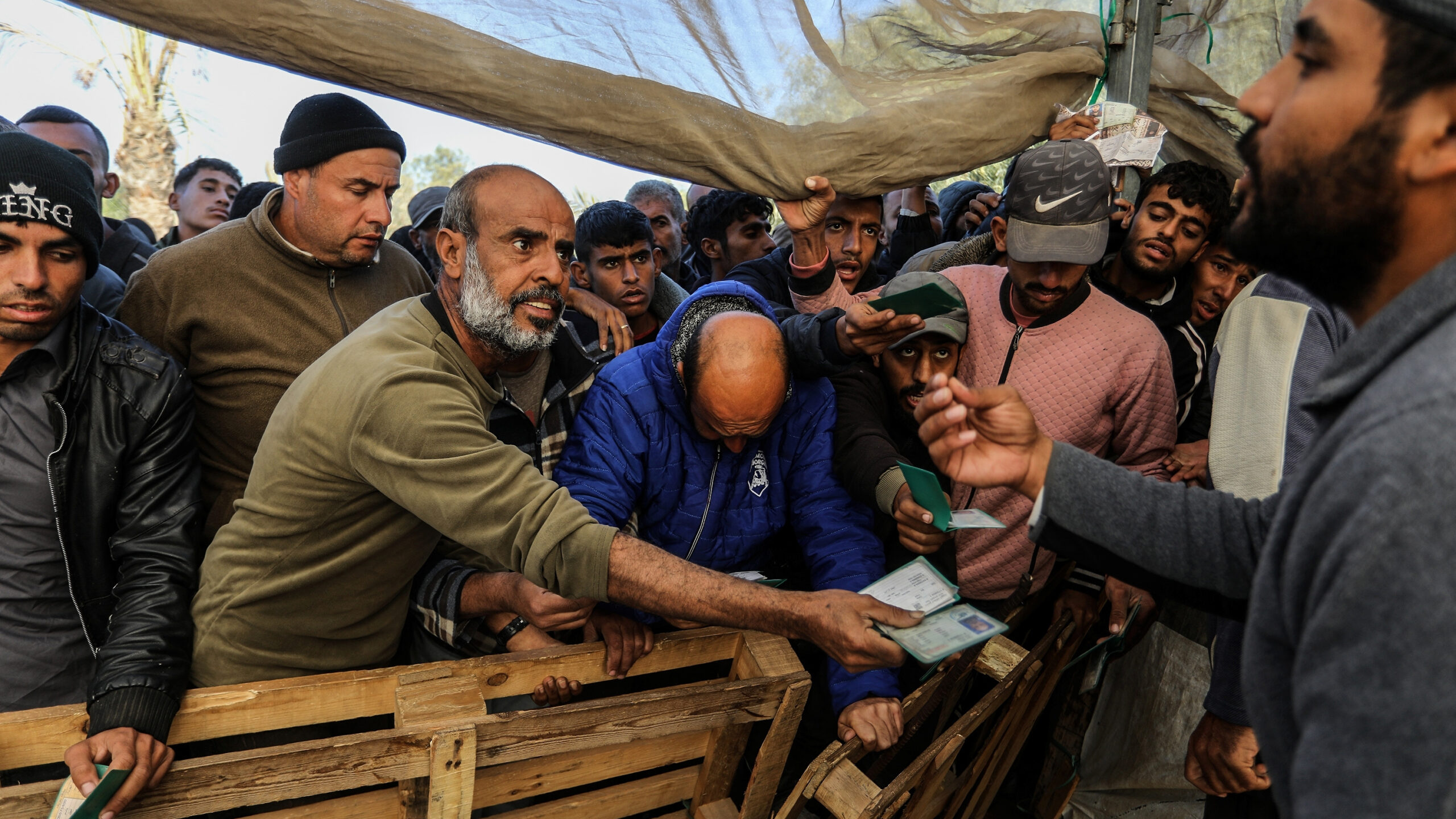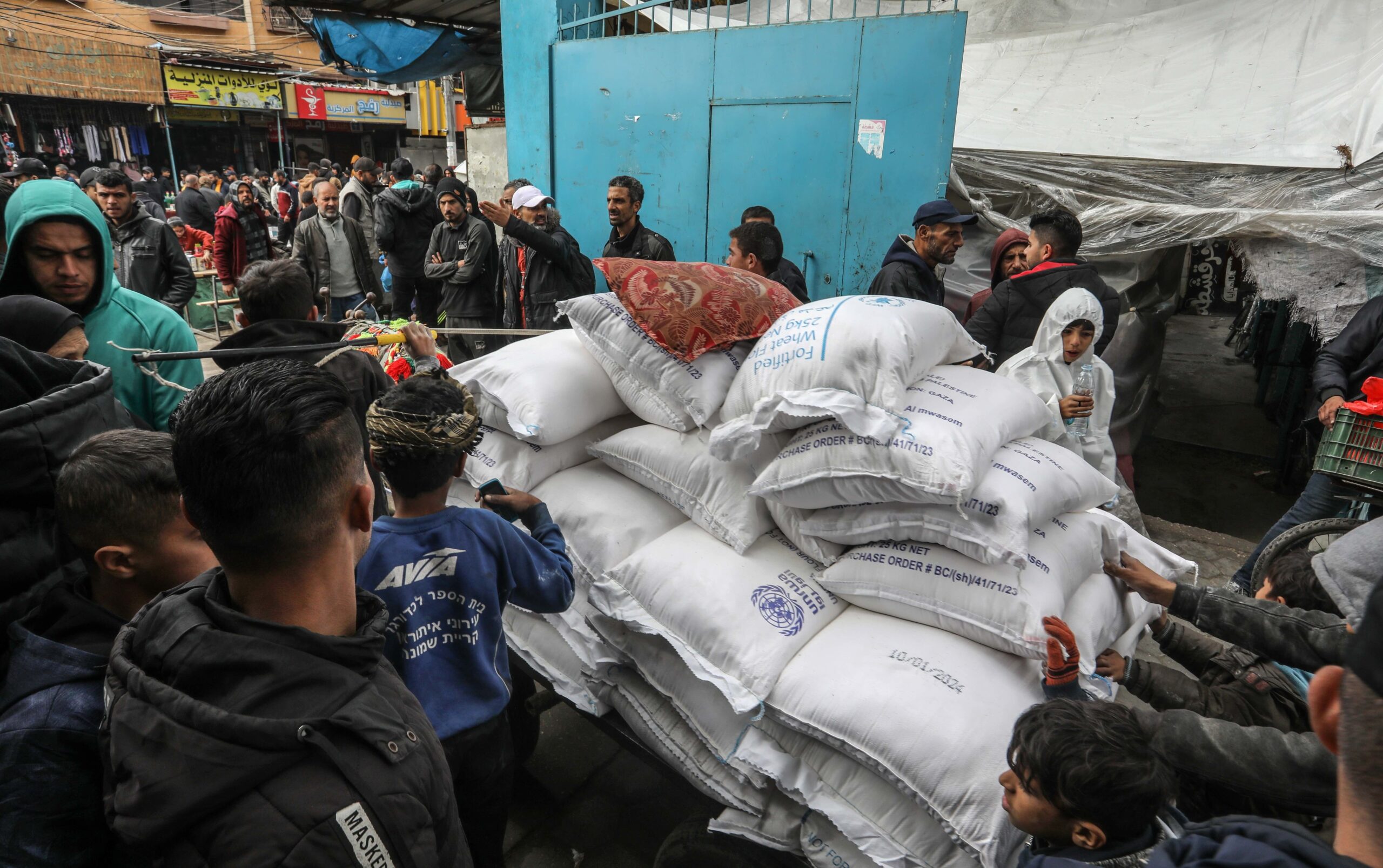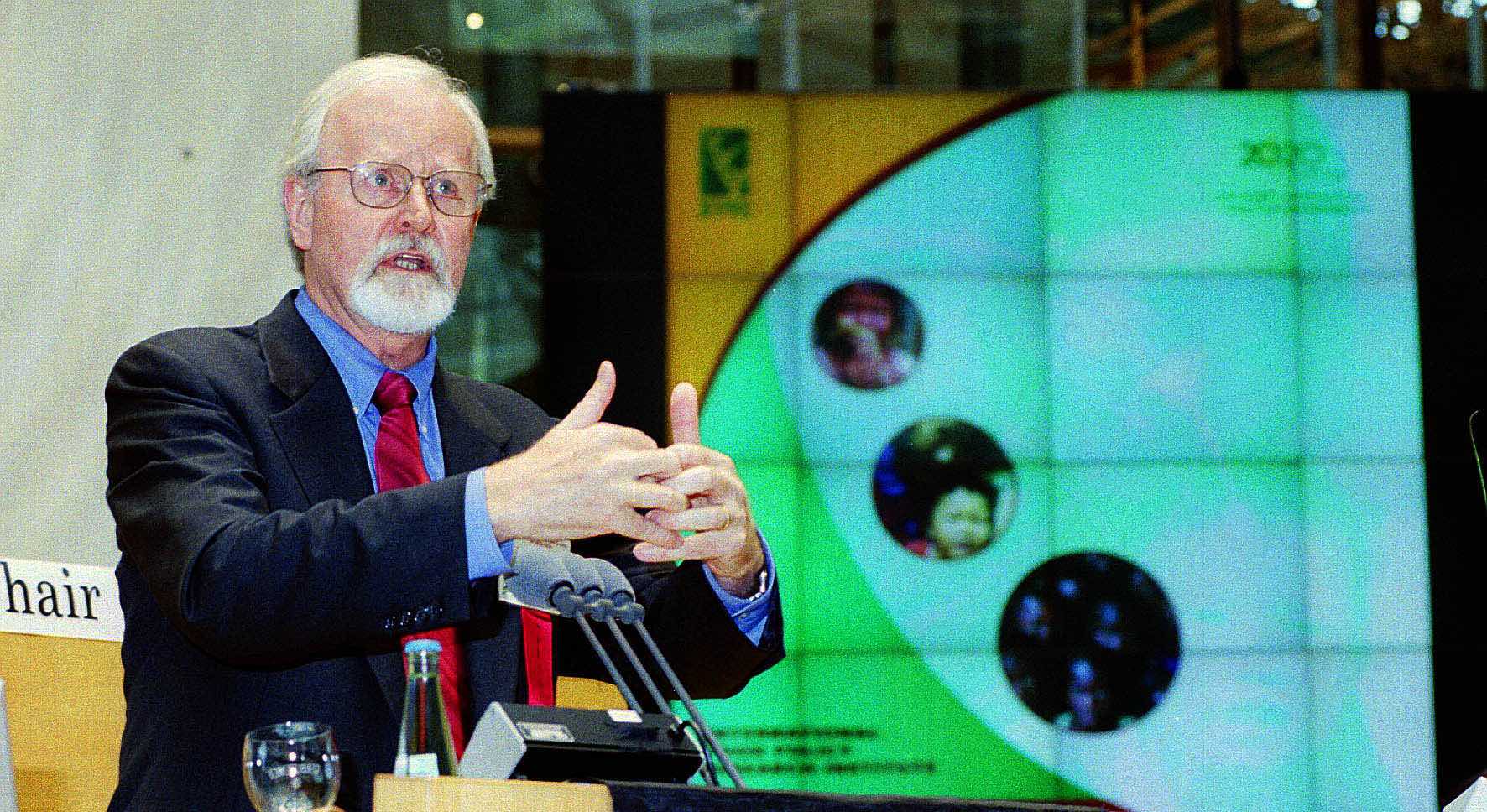Bangladesh’s transition from a war-ravaged, impoverished country to a rural development success story over four decades has been astounding. What can its experience teach the world about rural revitalization?
In an increasingly urbanized world, where nearly 70% of the global population is projected to live in cities by 2050, we are at risk of leaving rural areas behind. Today, nearly half of the world lives in rural areas, where people face life-threatening disadvantages: Rural children are about 1.5 times as chronically malnourished as their urban peers, sanitation service coverage lags significantly, and 80% live in extreme poverty. Rural areas are on the brink of crisis. If the world is to meet the UN Sustainable Development Goals (SDGs) by 2030, it must embark on a major push to revitalize rural areas.
On April 18, nearly 200 participants from government, civil society, the private sector, and academia in Bangladesh met to discuss these challenges—and key lessons from the Bangladesh experience—at the Dhaka launch of IFPRI’s 2019 Global Food Policy Report (GFPR), which lays out a strategy for rural revitalization.
Bangladesh offers an important model for this effort. “Bangladesh’s sustained focus on rural development over several decades has made the country a global model for how to transform the lives of millions of poor rural men and women,” said IFPRI Country Representative for Bangladesh Akhter Ahmed.
Stable rice prices, rising real rural wages, and expanding access to electricity have been key to accelerating the country’s rural development, he said. Investments in infrastructure, such as roads and bridges, were also game changers, strengthening rural-urban connectivity.
In the mid-2000s, nonfarm employment opportunities and rural flight to urban areas boosted rural wages substantially in Bangladesh, significantly benefiting the rural landless who earn their livelihoods from wage labor. Then agricultural mechanization emerged as a key driver in revitalizing rural areas, noted M.A. Sattar Mandal, emeritus professor of agricultural economics and former vice-chancellor at Bangladesh Agricultural University. Over the last decade, farms have rapidly adopted agricultural machinery, with the use of four-wheel tractors jumping 20%, Ahmed said. Mechanization has raised agricultural productivity and holds promise for tackling the youth exodus from rural areas and agriculture by creating nonfarm job opportunities, such as local manufacturing of spare parts, servicing, repairs, and renting of agricultural machinery.
Imran Matin, executive director of the BRAC Institute of Governance and Development and country director of the International Growth Centre, added that Bangladesh’s innovative institutional platforms have been fundamental to the country’s rural development successes—namely, Grameen Bank and BRAC, which both established and leveraged integrated microfinance interventions targeting the poor. Both institutions’ community development models respond to the unique needs of the rural communities they serve.
Bangladesh’s development breakthroughs have been largely driven by government policies and community-based social enterprise—and the scenario continues to rapidly change. In 2015, nearly two out of five rural households lacked access to electricity (Figure 1), electricity connection varied widely by region (Figure 1), and the wealthiest families were over twice as connected as the poorest (Figure 2). Encouragingly, electricity access is expanding faster than ever before, as the government has been making massive investments in electricity power generation at the national level. As electricity access is indicative of broader development issues, Bangladesh’s steep improvements in this area are lighting the way for the country to meet complementary development goals.
Source: IFPRI’s Bangladesh Integrated Household Survey, 2011-2012 and 2015.
Nevertheless, all rural places are not equal. Bangladesh’s continued efforts to revitalize rural areas must take targeted, differentiated approaches, and investments should be prioritized that make economic sense, said Mashiur Rahman, economic affairs adviser to the Prime Minister.
Bangladesh’s agricultural intensification efforts—undertaken to feed a rapidly growing population—have had scarring environmental consequences, warned IFPRI Director General Shenggen Fan. Arable agricultural land is shrinking, soils are rapidly degrading, and overuse of groundwater has lowered the water table, among other impacts. These alarming country-level trends mirror an unnerving global pattern in which repeated overuse of agricultural inputs has degraded land and polluted water, Fan said.
There is an urgent need to balance enhancing agricultural productivity with sustainable land management and environmental sustainability. While areas of Bangladesh are meeting their environmental limits, Power & Participation Research Centre Executive Director Hossain Zillur Rahman pointed to the potential of “transitional lands,” which were once not considered viable for agricultural production but are cultivating high-value crops. Examples include the pumpkin revolution in northern Bangladesh, where pumpkins are being grown on sandbars that were once considered not suitable for cultivation, and the rise in groundnut and maize production in the Char(river island) areas. Similarly, Minister of Agriculture Muhammad Abdur Razzaque noted that coastal and Haor areas used to grow only aman rice, but the development of climate-resilient varieties made areas once considered of limited agricultural value open for exploration.
Agricultural diversification must coincide with broader food system and market changes to achieve consistent growth that benefits rural areas. Razzaque described the devastating predicament of Bangladeshi potato farmers, who produce annual surpluses that end up rotting because of export barriers. Similarly, jute is a potential growth driver, but researchers and industries must work together to identify strategies to build international market demand, Rahman said. In general, cultivating high-value non-rice crops has the potential to increase farmers’ incomes, but that requires new technologies, inputs, and developed agricultural value chains to improve the market quality of crops and reduce postharvest loss, Mandal said. Building a more profitable, diversified agriculture sector requires investments in modernizing Bangladesh’s market-oriented agricultural infrastructure to attract more public-private investment.
So far, Bangladesh’s food system has focused on increasing food availability and maintaining rice self-sufficiency, but this approach needs an overhaul, according to Bangladesh Institute of Development Studies (BIDS) director general Khan Ahmed Sayeeed Murshid. “The three most critical drawbacks in Bangladesh’s rural development are malnutrition, food safety, and food quality,” he said. In other words, agriculture must become more nutrition-sensitive to overcome the burden of malnutrition.
Data-driven interventions are needed to identify the most effective pathways to improve agricultural productivity, diets, nutrition, and women’s status. From 2016-2018, the Ministry of Agriculture implemented the IFPRI-designed “Agriculture, Nutrition, and Gender Linkages” (ANGeL) research study, which evaluated the impacts of agriculture extension officials training rural men and women on different combinations of agriculture production, nutrition, and gender sensitization. Based on the project’s positive impacts, the Agriculture Ministry is scaling up the package of agriculture, nutrition, and gender trainings to benefit thousands of other rural farm households across the country—an example of the country’s commitment at the highest levels to evidence-based policymaking to uplift its rural areas.
“Effectively transforming agriculture to revitalize our rural areas demands prioritizing actions that have far-reaching, cross-cutting impacts,” said Ministry of Agriculture Additional Secretary Mosammat Nazmanara Khanum.
Addressing current and emerging challenges will require prioritization of key building blocks—connectivity and integration, gender equality, environment, renewable energy, and governance—to transform rural areas, the GFPR says.
“Rural revitalization is timely, achievable, and, most important, critical to ending hunger and malnutrition in just over a decade,” Fan said. As the world continues to urbanize, Bangladesh must meet the challenge of revitalizing its rural areas to ensure no one is left behind.
Missed the event? Watch a recording here (via the Bangladesh microsite).
Akhter Ahmed is the Country Representative for IFPRI-Bangladesh and Senior Research Fellow for the Poverty, Health, and Nutrition Division at IFPRI. Julie Ghostlaw is the Country Program Manager for the Bangladesh Policy Research and Strategy Support Program (PRSSP). This post also appears on the PRSSP blog.

